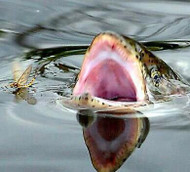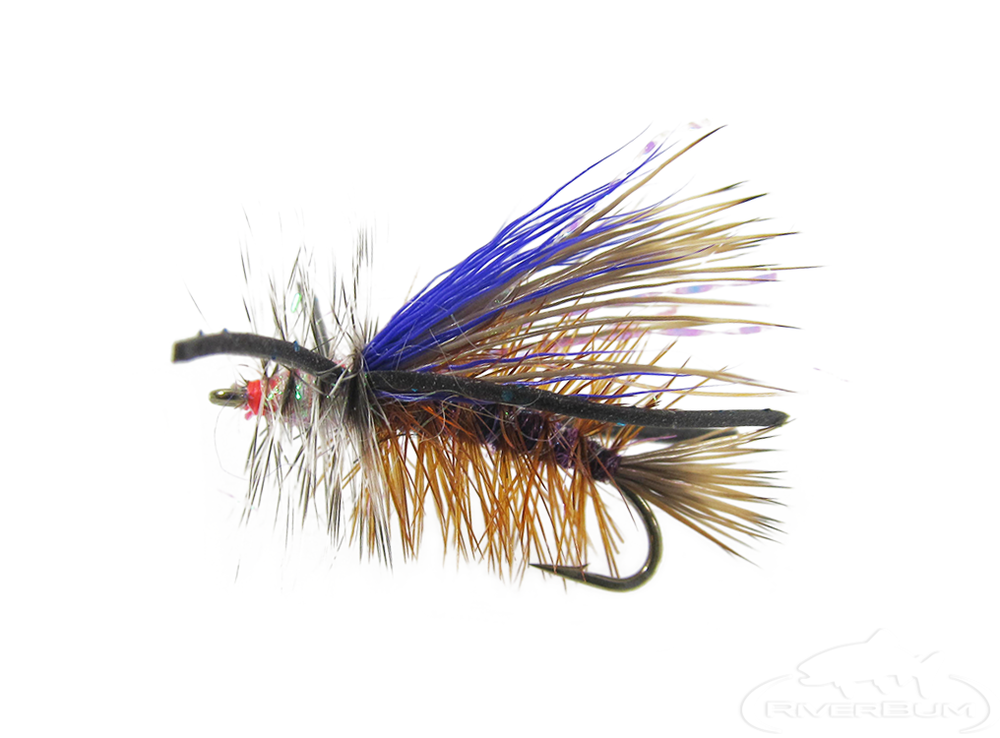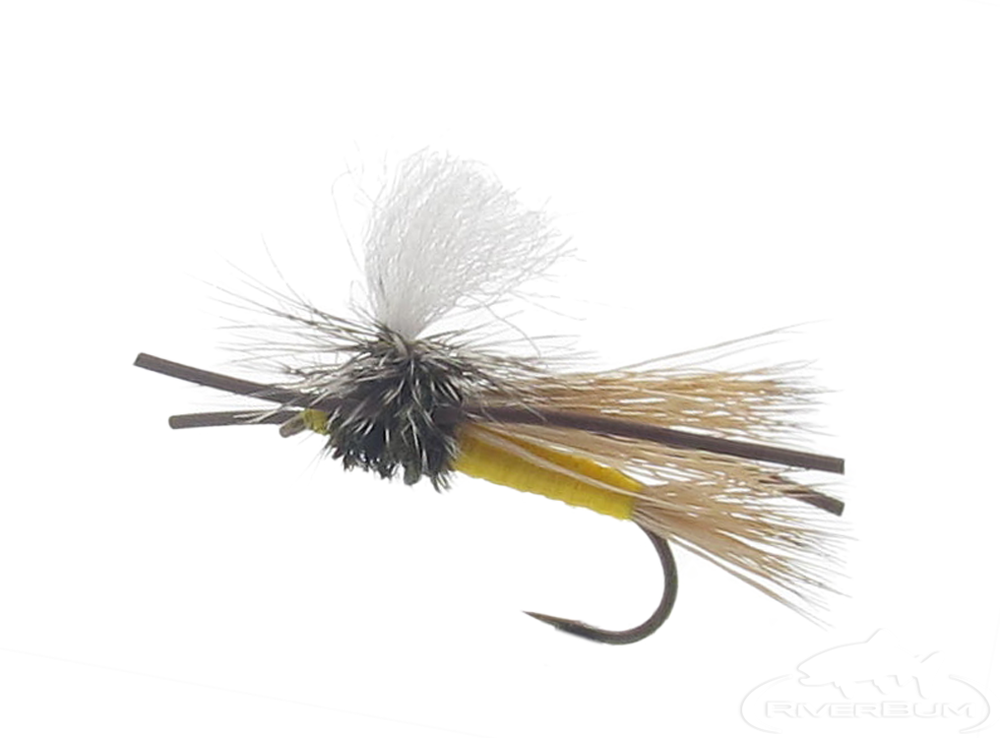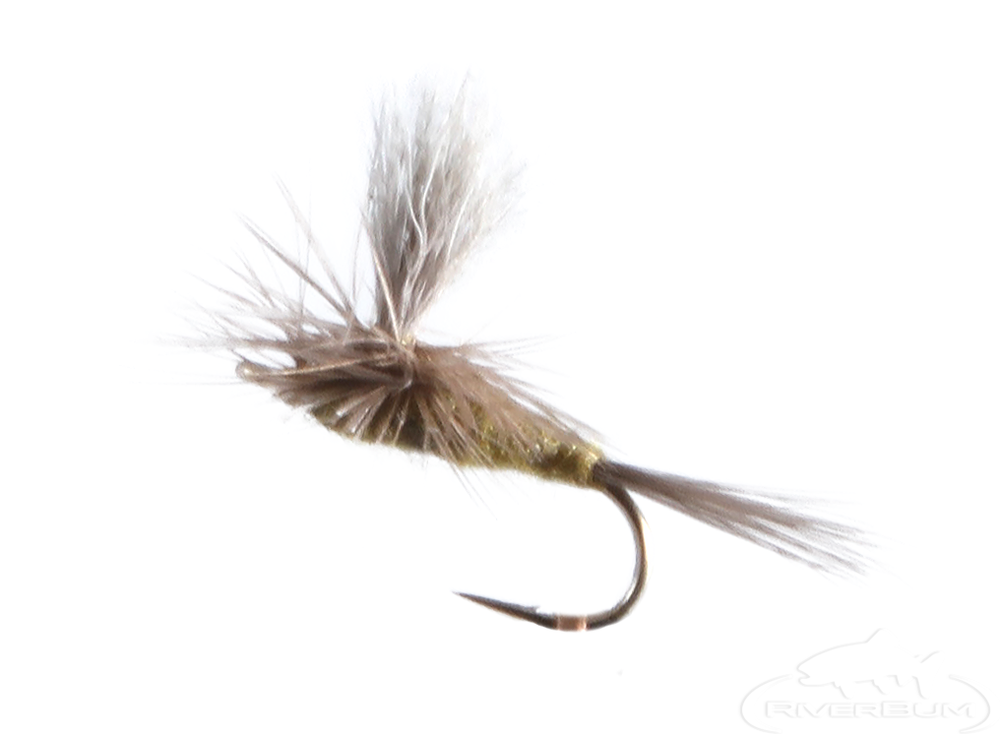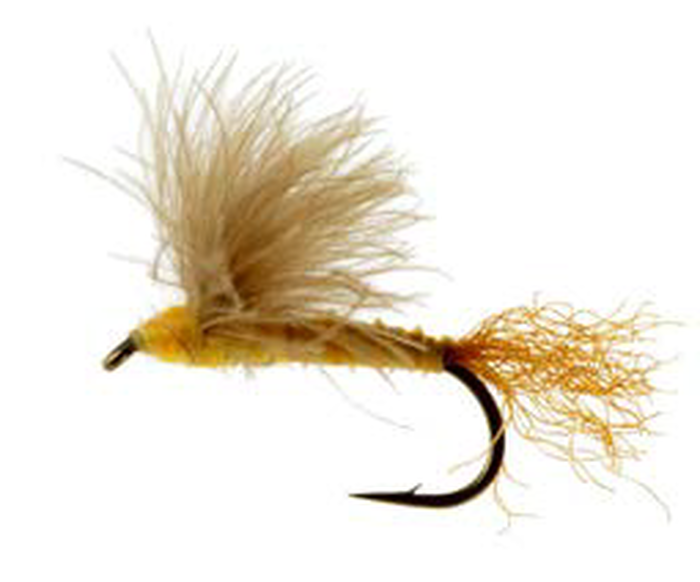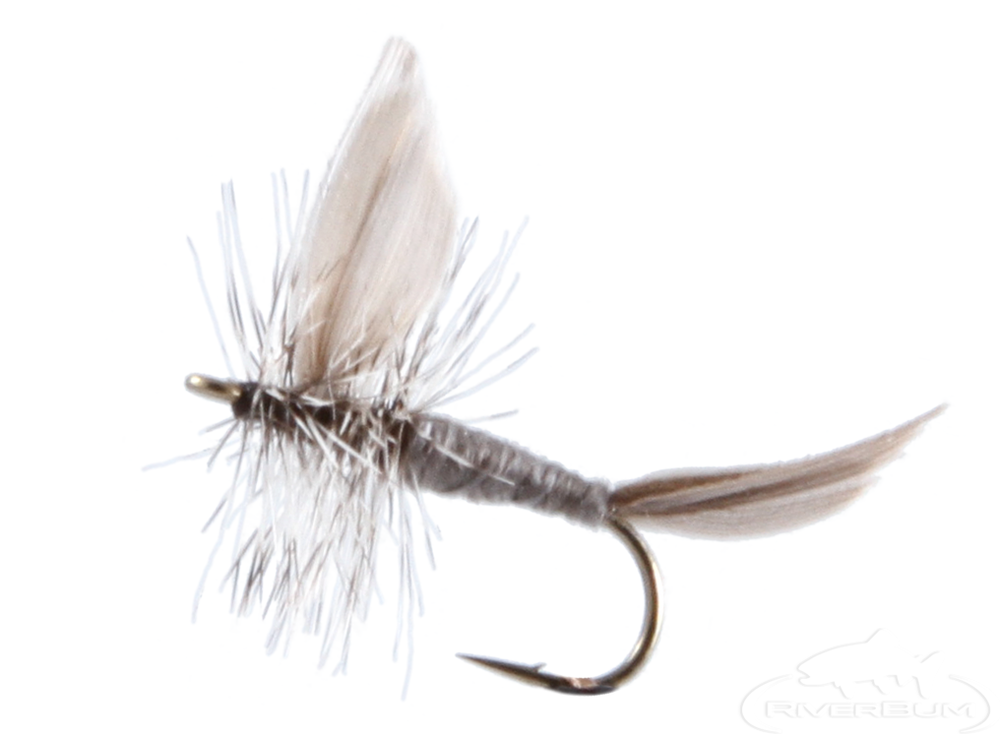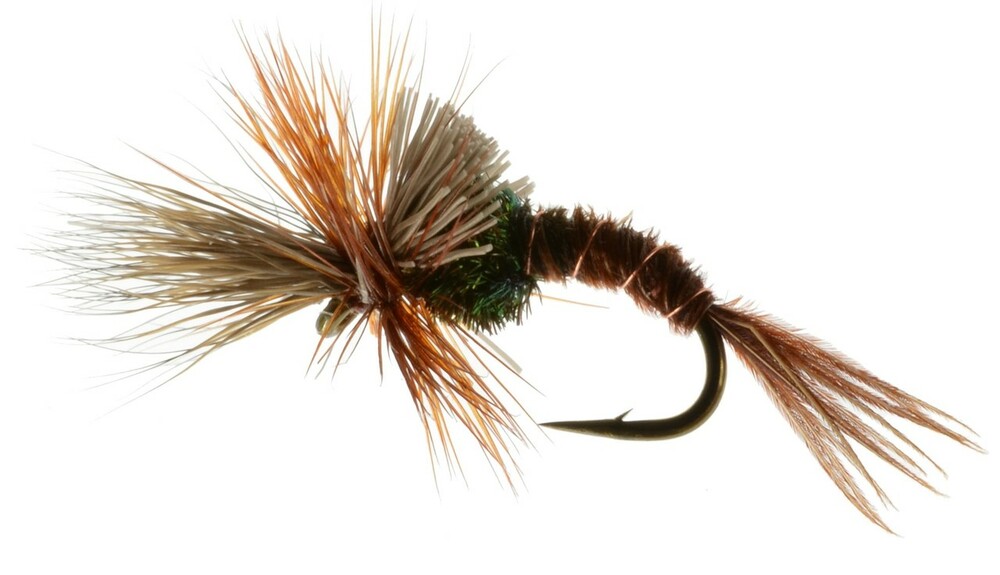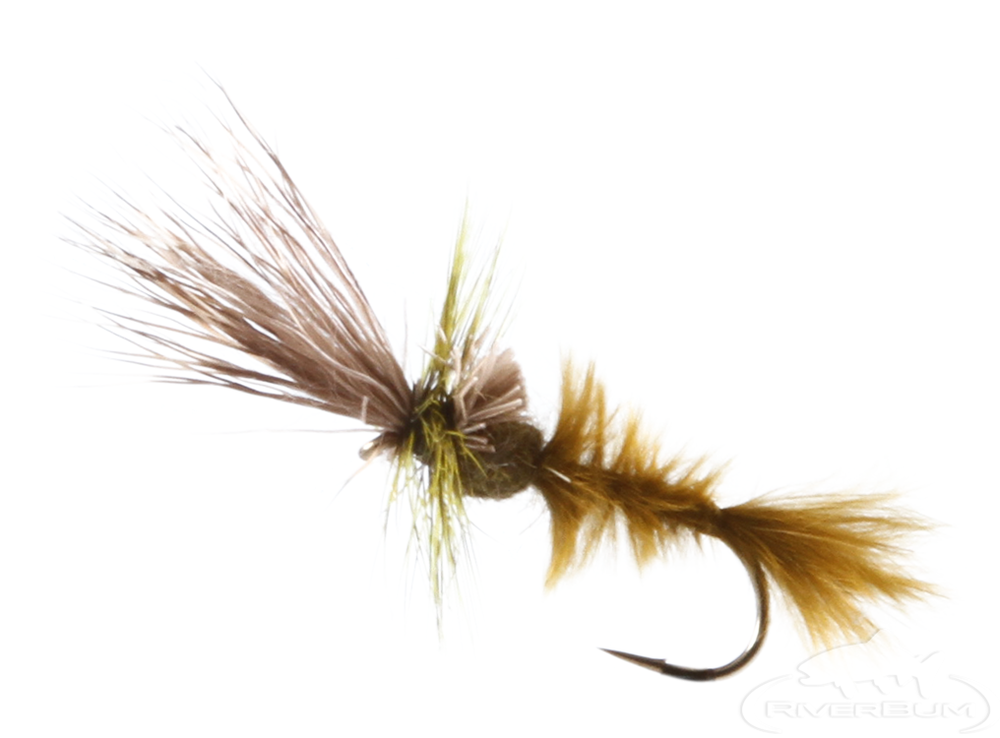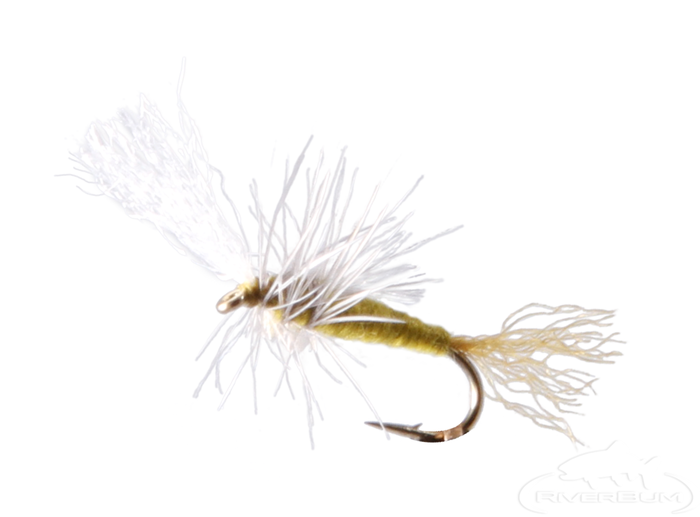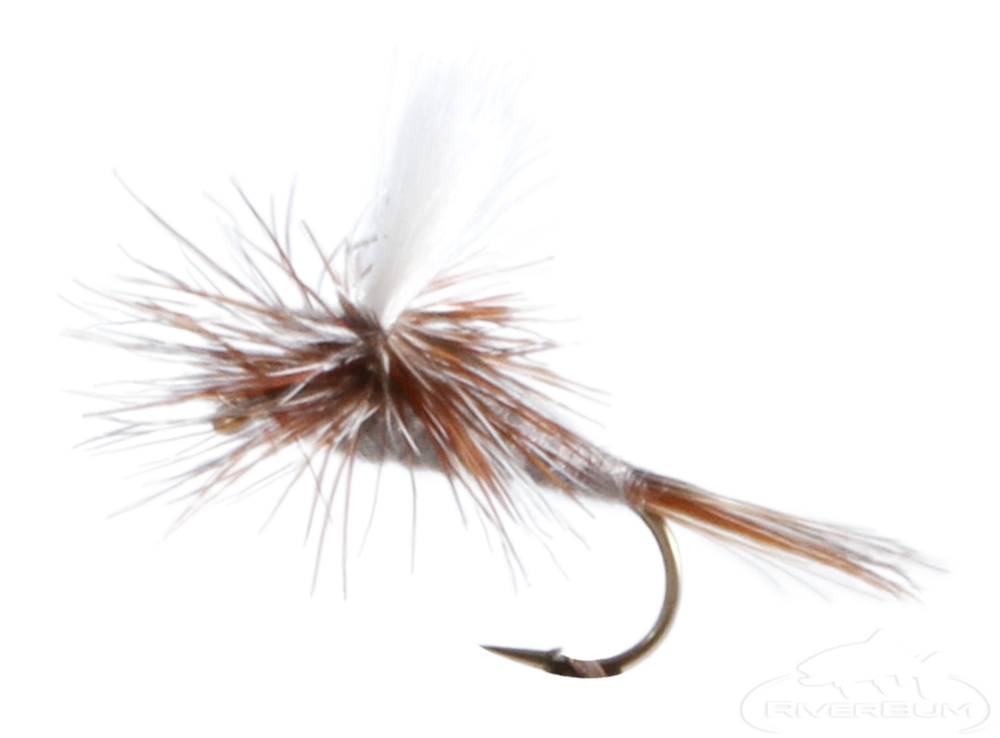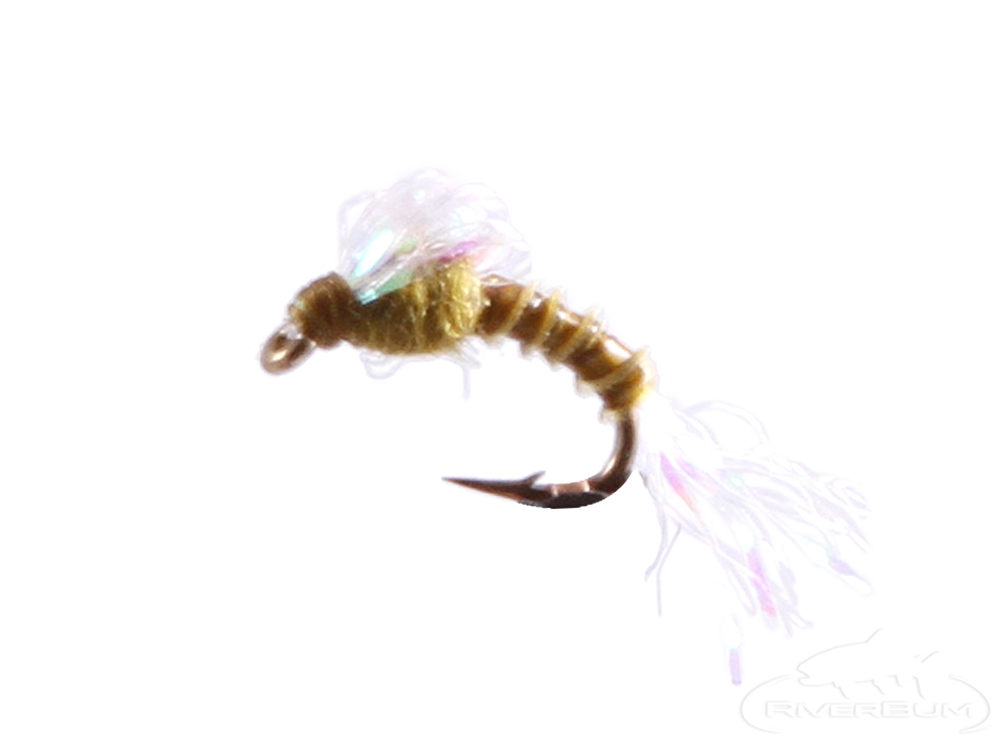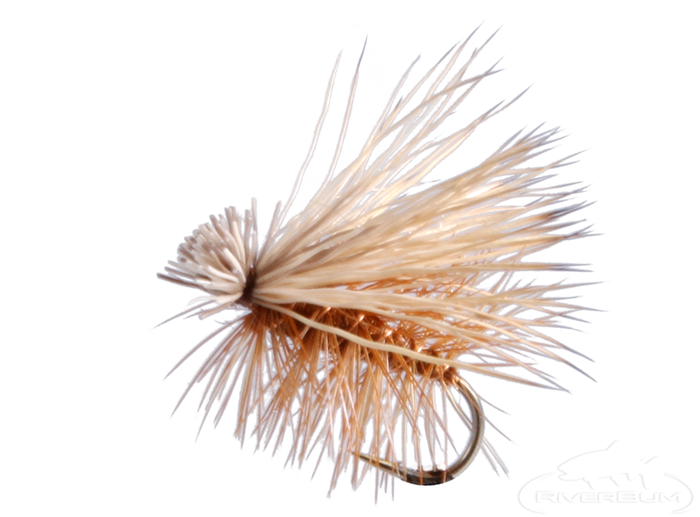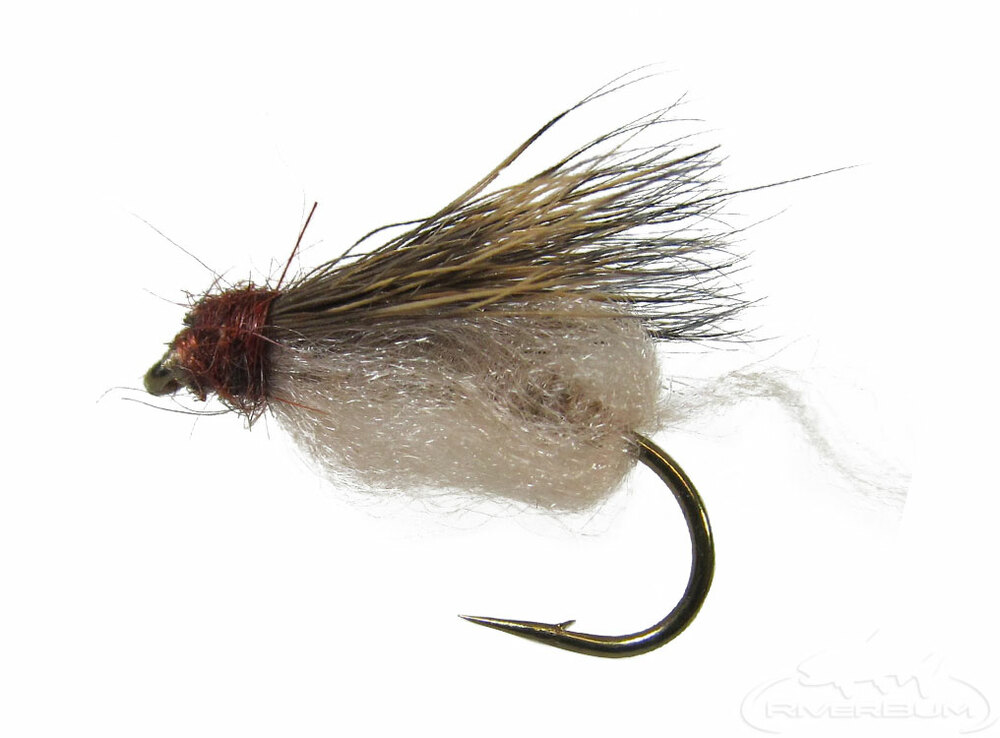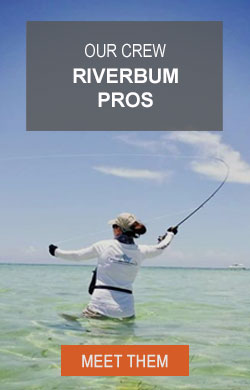Reading Trout Rise Forms
Generally speaking, there are three types of rise forms and being able to identify them can clue you into what flies to used in each situation.
There are the rises where trout aggressively surface that what and make a large splash. There are rises where there is barely a dimply on the surface. Then there are those where you can see just the head of the fish, plucking insects from the surface.
Let’s break them down and give you some pointers.
Getting this dialed in can help you locate the fish, give you an idea of what they are feeding on, and even the life cycle of the insect they are eating.
Splashes
You see the big splash. The fish creates a large, pronounced ring in the water. The trout’s head cleared the surface.
What does that mean?
These hard, aggressive rises are an indication that the trout is opportunistically feeding.
If there’s no abundance of food at the moment, trout will opportunistically feed and strike hard when they see it. This also means the trout is being selective. If it looks like a meal, he’s going to eat. From a fish behavior perspective, if there are not active hatches, the fish will seek cover at the bottom of the water column seeking shelter and conserving energy.
When they see a potential meal, they’ll shoot up through the water to grab it…. thus the large splash.
So, what do we do here?
The trout are going to shoot through the water for a size 22 Griffiths Gnat expending all that energy on a tiny meal.
We need to focus our attention on presenting a large meal so it’s worth it for the trout to expend the energy to grab it.
Flies for this situation would be Chernobyl ants, Hoppers, Stimulators, and larger Drake Patterns.
SIPPING
What does a sipping rise look like?
Well, you have to sit back a bit and observe. Sipping is where the trout’s snout barely breaks the surface of the water. The fish is visible, but just barely breaks the surface.
A trout will open its mouth with its gills closed creating a vacuum type of effect, sucking the insect into its mouth. The trout often creates air bubble when it does this.
That’s a good indicator trout are sipping.
So, we are looking for fish barely breaking the surface, air bubbles, and small rings on the water.
Behaviorally, this indicated trout are selectively feeding, but doing so actively.
They are focusing on a specific insect, a specific stage, and a specific size. More than likely, either the dun stage, emergers, or even cripples on the surface.
Match the hatch!
The fish in the upper portions of the water column are actively feeding. This only happens for so long, so you gotta get things dialed in quickly.
It’s helpful to know what hatches are happening, prior to hitting the river.
Upstream from where you are going to fish, do some insect investigation.
Observe what’s on the water and in the air. Just because a bug is in the air, doesn’t necessarily mean that’s what they are feeding on, but it’s a start.
There’s a good chance they are feeding on duns or spinners. So, your presentation needs to be accurate and precise. You want to delicately present you fly.
The fish are at the surface, so they can be easily spooked. Stealth is required here.
DIMPLING
Having a background in engineering I can tell you that in nature, every time there’s an action, there is a corresponding opposite and equal reaction, otherwise known as Newton’s Third Law.
So, when a trout moves in the water, water is pushed away in the opposite direction.
Why is this important?
When you see these tiny little dimples on the surface of the water, barely making a ring, the trout is actually not breaking the surface.
It’s that small push of water going in the opposite direction of the trout’s rise creating a disturbance on the water. You won’t see any mouths on the surface, no bubbles, and no loud splash.
You may see the white of the fish’s mouth below the surface or a flash as the fish turns, but that’s about it.
Think you should tie on a Parachute Adams or an Elk Hair Caddis……not so much my friend.
The trout aren’t feeding ON the surface. They are feeding just below it, just below it.
So, the fish are holding in the middle of the water column, casually coming up close to the surface to feed.
What are we looking at here?
The fish are likely feeding on nymphs rising up through the water column getting ready to hatch. There will be a hatch soon, but not just yet. In this situation, I do like to fish dry-dropper combinations.
Actually, I tie on the aforementioned Elk Hair Caddis and a corresponding caddis pupa, so it drifts 4”-6” below the surface.
Depending on the time of year, a stonefly adult and prince nymph will work.
What I’m thinking here is I want to not only hit the emergence stage, but also the adult stage when that does happen There are three general transition periods that happen.
Fish will feed only on the emerging insects, then some will eat the adults and some fish will eat the emerging insects, and then finally most fish will dial in on the adults.
This way, you are prepared for all three phases.
Dialing in on rise forms and being able to read them can significantly improve your ability to catch fish.
You never want to go tromping down the water and start false casting all over the place. Quietly approach the water and observe. Observation is a critical skill to develop in fly fishing success.
That’s it for now my fishy friends!
Remember, we have just this one earth. Take care of her. Pack it in, Pack it out and leave nothing but footprints.
Tight Lines and Screaming Drags

